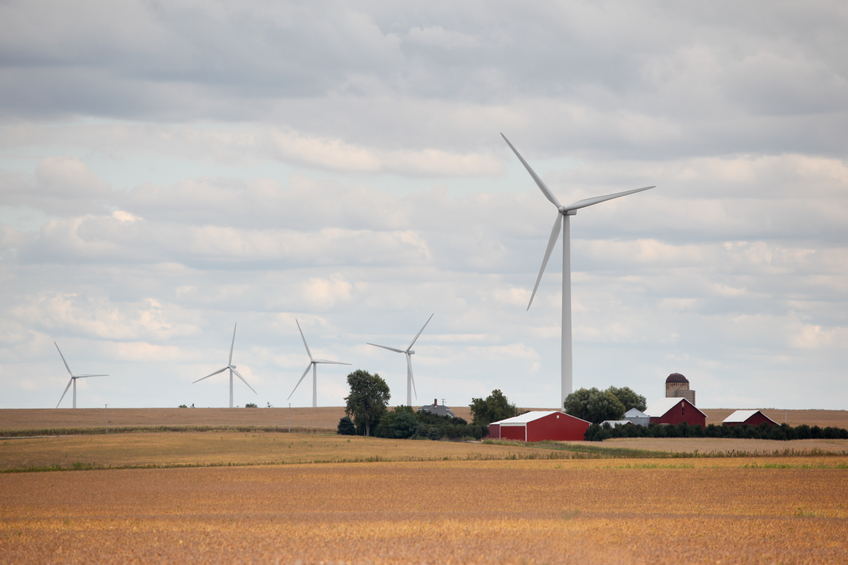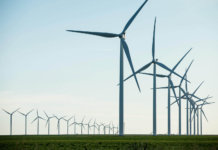August of 2006 will go into the history books as the month the U.S. wind industry reached numbers that can be described as not just big, but truly large. By adding another zero to total capacity, by moving from four figures to five, wind has asserted itself again as a serious player in the electric generation mix.
The U.S. now has more than 10,000 MW of capacity, which more than doubles the number of megawatts available for wind generation in a little over three years. And at its current rate of growth, wind generation in the U.S. could expand by another 10,000 MW in a little over three years.
‘Wind energy is providing new electricity supplies that work for our country's economy, environment and energy security,’ says American Wind Energy Association (AWEA) Executive Director Randall Swisher. ‘With its current performance, wind energy is demonstrating that it could rapidly become an important part of the nation's power portfolio.’
While it can be said the modern wind industry was built in the U.S., the 10,000 MW milestone was reached much more quickly by two European countries that entered the utility-scale generation sphere several years later.
The U.S. had its first utility-scale generation built in 1980 and didn't pass the 1,000 MW threshold until 1986. More than a decade later, U.S. wind capacity reached 2,000 MW in 1999. Windlogics
Germany entered the utility-scale arena in 1987 and passed 1,000 MW in 1995, and its use of the generation source skyrocketed after 1999.
Wind as an energy source in Germany passed 4,000 MW in 1999, 6,000 MW in 2000 and 8,700 MW in 2001. It jumped to 12,000 MW in 2002 and has climbed by a couple thousand megawatts every year since, to more than 18,000 MW in 2005.
The country is, by far, the world leader and has been since 1997, when it passed the U.S. Annual growth has slowed recently, but it remains about 8,000 MW ahead of the number two generator, Spain.
Spain began its utility-scale wind development in 1991. It grew by the tens and hundreds of megawatts for several years, breaking through the 1,500 MW barrier by 1999. It has added capacity of about 1,000 MW to 2,000 MW yearly since. Spain and the U.S. were virtually tied at about 2,000 MW in 2000 as the U.S. industry's growth slowed. Spain passed the U.S. in 2005, when it reached 10,000 MW. Public support and feed-in tariffs have been crucial in the development of the energy source in Europe.
But Spain's ranking could be short-lived if current growth trends continue. While the U.S. wind industry only grew incrementally in its first two decades, it has exploded recently.
AWEA points out that the industry is installing more wind power (3,000 MW) in a single year than the amount that operated in the entire U.S. in 2000.
The record growth in wind power has been made possible by a more stable policy environment and public concerns about energy supply stability.
The federal production tax credit was extended in the Energy Policy Act of 2005. Previously, the credit had been allowed to expire three times in seven years, discouraging investment. The popular credit is set to expire at the end of 2007.
As the second-largest source of new power generation, wind was surpassed only by natural gas in 2005. That scenario is likely to repeat itself in 2006, according to the U.S. Energy Information Administration.
India, which had virtually no wind industry in 1990, has vaulted ahead of the pioneering country of Denmark in the past year. It is now in fourth place, with more than 4,400 MW of generating capacity. Denmark rounded out the top five in 2005, with a little more than 3,100 MW of installed capacity.
And China has entered the wind energy space, with aggressive pursuit of international equipment vendors setting up shop within its borders. The Chinese government has a target of 20,000 MW of wind generation capacity by 2020. The country registers quite low in many statistical rankings, with less than 1,000 MW of capacity out of a worldwide output of 60,000 MW.



